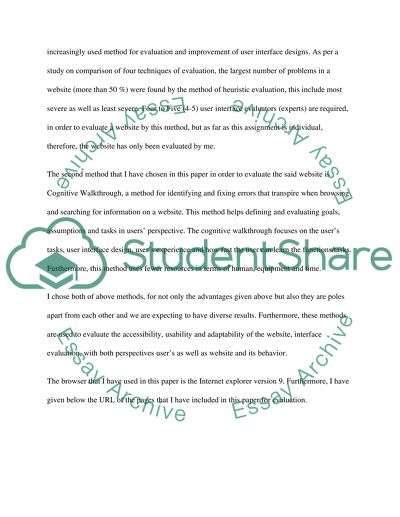Cite this document
(“Qualitative Interface evaluation Assignment Example | Topics and Well Written Essays - 2500 words”, n.d.)
Qualitative Interface evaluation Assignment Example | Topics and Well Written Essays - 2500 words. Retrieved from https://studentshare.org/information-technology/1399815-qualitative-interface-evaluation
Qualitative Interface evaluation Assignment Example | Topics and Well Written Essays - 2500 words. Retrieved from https://studentshare.org/information-technology/1399815-qualitative-interface-evaluation
(Qualitative Interface Evaluation Assignment Example | Topics and Well Written Essays - 2500 Words)
Qualitative Interface Evaluation Assignment Example | Topics and Well Written Essays - 2500 Words. https://studentshare.org/information-technology/1399815-qualitative-interface-evaluation.
Qualitative Interface Evaluation Assignment Example | Topics and Well Written Essays - 2500 Words. https://studentshare.org/information-technology/1399815-qualitative-interface-evaluation.
“Qualitative Interface Evaluation Assignment Example | Topics and Well Written Essays - 2500 Words”, n.d. https://studentshare.org/information-technology/1399815-qualitative-interface-evaluation.


